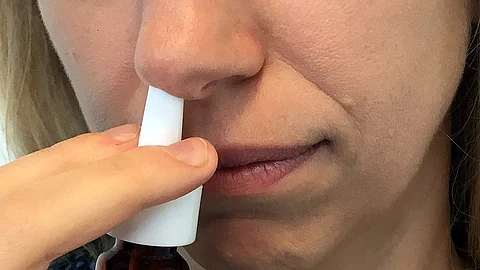Epinephrine (aka adrenaline) auto-injectors — more commonly known as EpiPens (although EpiPen is registered trademark product)— are life-saving medications used for severe allergic reactions, also known as anaphylaxis. They are compact, easy to use, and can be carried anywhere, making them essential for individuals with known food, insect bite, or medication allergies. Many patients are advised to keep a pair of auto-injectors with them at all times for emergency use.
However, a common and concerning issue is when to use the epinephrine auto-injectors. While patients are advised to administer it at the first sign of allergic symptoms, hesitation often sets in. The high cost, panic during the episode, or the hope that symptoms might resolve on their own can delay its use. On top of that, the administration involves a jab into the outer thigh, where a long needle delivers epinephrine into the muscle. Understandably, this can be frightening — both for the patient and anyone nearby who might have to help.


